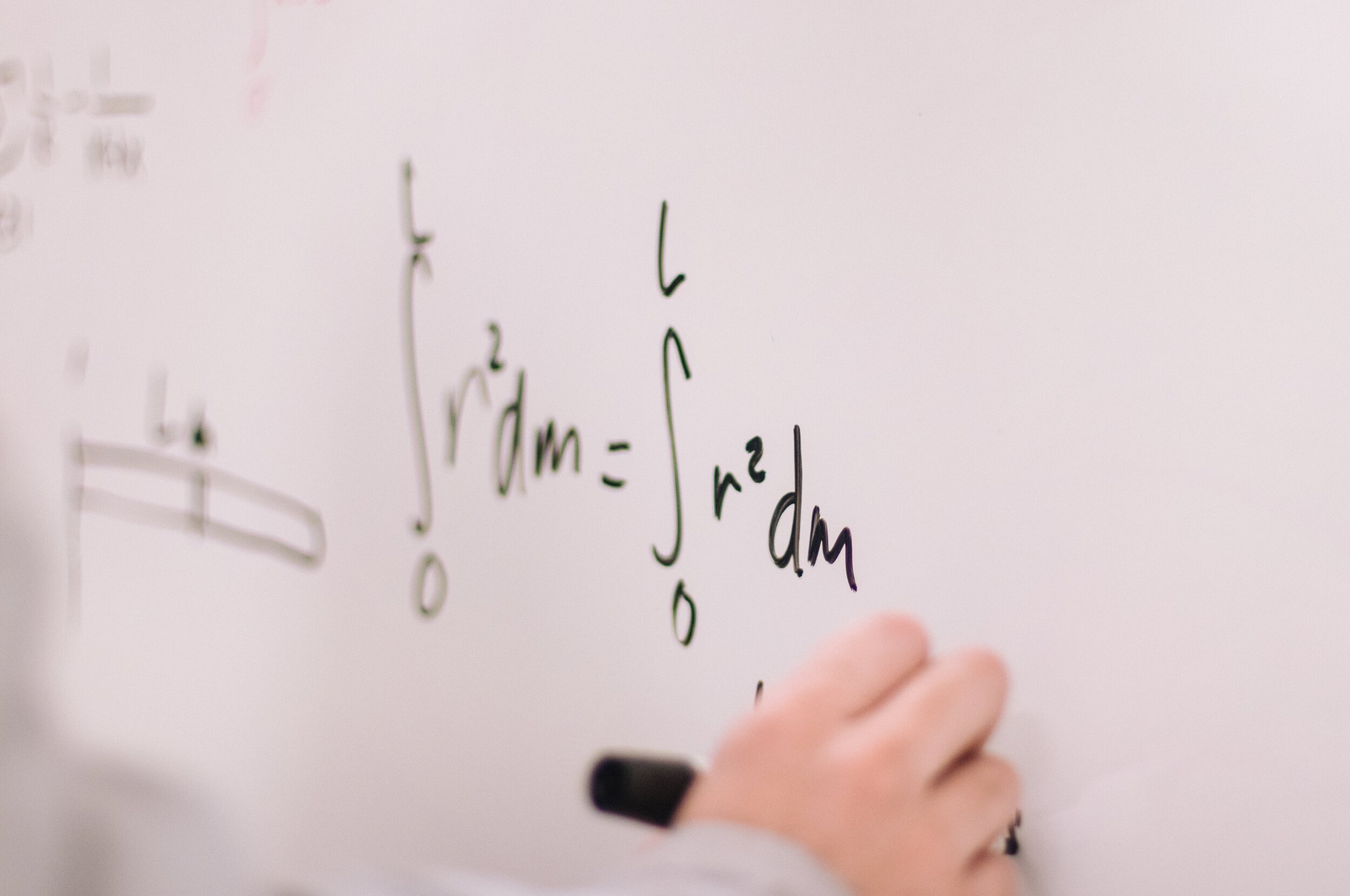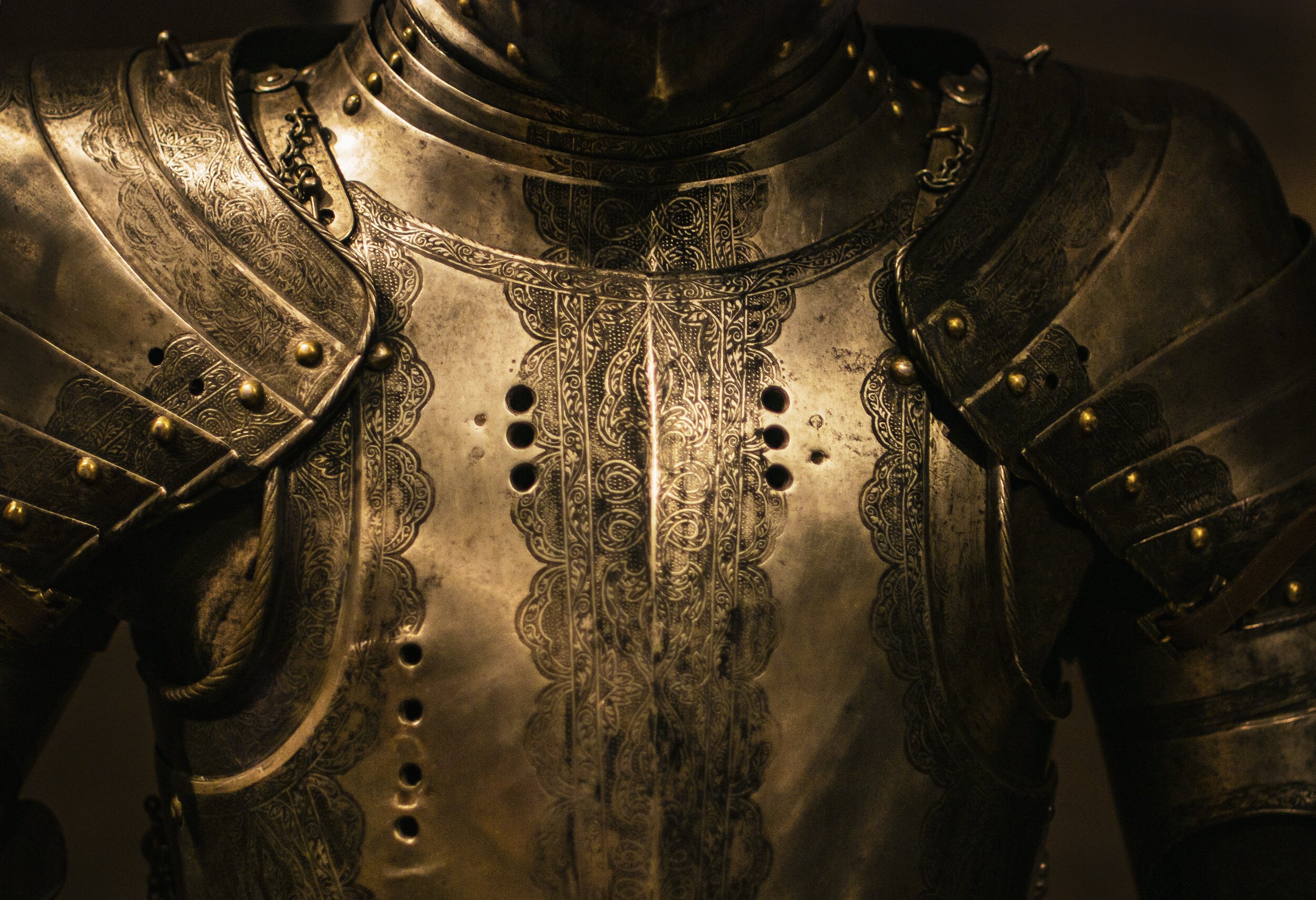The sensibility of numbers
by Alfonsina Betancourt
Being born an artist is quite a gift. Curiosity is your biggest talent and it is easy to delight in the simplest things because wherever you see there is beauty. There is a certain rawness that comes with it as in order to create artists need to experience, to live, to feel. Yes, I love being an artist with its presents and its challenges. We tend to be boxed into a category of dreamers as if we were disconnected with reality. As in any other profession or lifestyle, that is a generalization and I got proof of it years ago.
When I was about to finish High School, we were asked to take a career aptitude test. My results were somewhat unexpected. There was a tie on two - very different - careers recommended for me: Art and Math. Art was very obvious; Math not as surprising as you would think. The fact was that I love numbers. Math was one class that I always excelled at. I enjoyed solving questions, equations, finding patterns, the fact that there were formulas to solve simple or not so simple problems. Because I had played instruments from a young age, I knew math was interlaced in every musical rhythms and pattern. So, yes, I have always being an artist with a love for numbers, and history has proven that I am not the only one.
Lately, numbers have come to chase me with the force of an axe and I have been forced to deal with the way I relate to them. No, I am not talking about home schooling through the pandemic.
Yesterday I had an appointment with a new doctor. First, let me publicly admit that for the first time I felt old when the specialist looked like he could be my very young nephew. Passed that slightly uncomfortable feeling, his expertise and profound explanations won me over. I realized he knew his stuff. How he made that clear? Besides coming accredited by the one of the best hospitals in his area of expertise, he talked numbers, tons of numbers that he knew by heart. He referred to the many studies done over decades, many involving thousand of patients. I am an artist but I like facts and he was showering me with them.
The amount of statistics quickly became overwhelming. He discussed the probabilities of everything going wrong, which included cosmetic but also serious health consequences in so many areas. About forty minutes of percentages of my chances of being happy with the results vs. the possibility that even when everything goes right, it may all prove to be worthless in a few years - statistically speaking. Several times I lost my train of thought when my mind wondered to ask “why to even bother? Are all the side effect even worthy?” Yes, they are, and I went back to listen to more and more percentages. After a while numbers became more abstract and all I could hear were the effects he was trying to convey.
At one moment, it was so overwhelming that I felt my eyes swelling, but tears could not even come out. I had a deep need to ask the doctor if he minded to stop talking for a few seconds and just give me a hug. I needed a hug, for God’s sake, I am NOT A NUMBER! The young doctor looked like the adult and I felt like a kid. I did not say anything, of course. I am well aware of professional protocols and besides that we are in COVID times; we could not even shake hands or see a hint of an empathic smile behind his face mask.
I am not a number, we are not numbers, we are more than statistics! How do we reconcile this need to rationalize information and still feel that beyond our bodies there is a delicate soul? How can we be sensitive artists and rational mathematicians at the same time?
“I am not a number, we are not numbers, we are more than statistics!”
I am not very good a masquerading the truth. I’d rather being told a hard truth than a beautiful lie, even when the lie is an omission of truth. So yes, I do want to know percentages, I want to know what can go wrong and what are my chances of success. At the end, statistics are facts but they do not necessarily apply to us all the time. We might be that 1% that got away without a scratch. That 1% might be our only or one of many reasons to keep going. Being positive might even makes us more likely to be part of that exception. But what happens when the dump of information is so great that it makes you feel like you are in a forest holding on to many weak lianas and as much as you want to hold another one, there is no more space in our hands. How long until we fall? How much is too much information and how much is enough? It seems to me that numbers may be used as an armor to prepare us to battle, but also make us heavy and slow.
When my dad was diagnosed in his 50s with glioblastoma, the most aggressive form of brain cancer, he decided that as a doctor he would use all the tools he had to be informed about his condition. So he took advantage of the access he had to medical journals and read. He once told me that was one of the biggest mistake he had ever made. Statistically, he barely had a life expectancy of six more months…tops. My dad, the one with always a smile in his face and who would insist we always remained positive, succumbed at the blatant truth: what he had was very improbable to disappear. He still fought and tried to remain optimistic, smiling and joking until his last breath. That was four years and five months after his diagnosis. He beat the statistics, he proved numbers wrong. Still, hearing my dad opened up about how learning what his chances of survival were brought him down - him, the one that always found a way to remain optimistic - is one of the most painful memories of my life, even when that was a momentary fall down.
As I left the doctors office, beaten up but trying to focus on the “good numbers” I remembered a conversation I had years ago with a fellow painter. He was a retired Chinese mathematician from IBM who had recently taken drawing as a serious pastime. In between drawing sessions we both had lunch together. “The older I get,” he told me, “the more I realize that numbers are very abstract. They come and go. Art and beauty is what remains.”
I let that sank in. That is why it bothered me so much that even after all the great intentions to try to lift me up with numbers and facts, my soul wanted to be seen as something less abstract. I am a human, not a statistic. I am what remains after all the numbers vanish. I might be case #3467 on a file, but I am me. Numbers are supposed to give us hope, but you know what really, truly makes us believe that everything is possible and we can beat any statistic probability? It is what my soul wanted from the young doctor. All I needed was a hug; two pair of eyes that told me that even when we don’t know how the future looks like and in what side of the equation I will be, everything will be fine. That is the kind of armor that makes us run forward towards our biggest battles. That is the tangible weapon. We can convince our minds and ego to focus on the truths we want to believe in. But the future, just as numbers, is very abstract. So focusing on what might be, does not seem like a sustainable spark. Knowing “why” do we want to fight seem more reliable. Acknowledging we need the support, the hug, the encouraging word is a more concrete encouragement to make us battle with our mightiest force.
I still love numbers; I just realize I am more than a digit. And I invite you to the math: how many armors can you break with a hug? How many armors can you build with empathy? How much beauty can emerge in the statistically impossible encounter with another soul? That is an equation I would love to solve. But I need to warn you, there is more than one possible answer, and they all have happy endings of the numerical and the beauty kind. In the meantime, give me the numbers, but give them to me like you are talking to a sensible soul who needs an occasional, reassuring hug and I will promise I will fight, not because there is a statically chance of success, but because I am a dream-laden artist that even when I am told numbers are not on my side, I know how to find beauty in every step of the battle. That is the only math I need to hear.





